Where nature, culture, and spirituality protect what science alone cannot
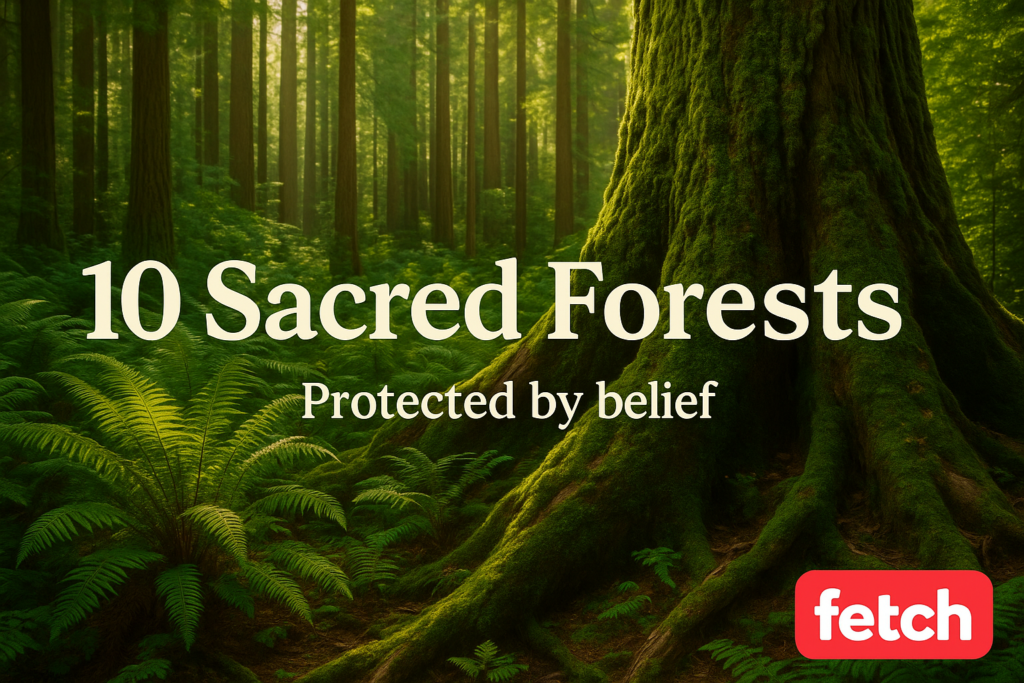
Across the globe, there are ancient forests that are more than just trees and wildlife. These are sacred spaces, protected not by law, but by belief, reverence, and tradition. In a world rushing toward concrete and convenience, these forests quietly remind us of what it means to be connected to nature, to spirit, and to history. Here are 10 sacred forests that might just hold more answers than we’ve been willing to ask.
1. Osun-Osogbo Sacred Grove, Nigeria
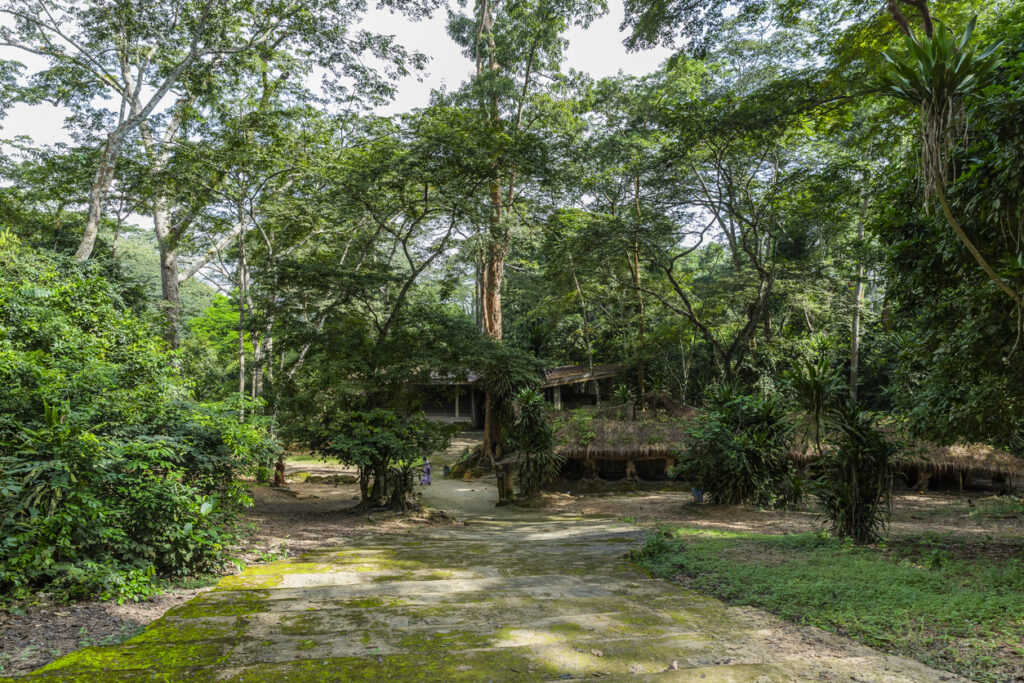
Tucked along the Osun River in Nigeria, this forest is one of the last remnants of primary high forest in the country. It is considered the spiritual home of the Yoruba goddess Osun, a powerful deity of fertility and healing. What makes this place remarkable isn’t just its age or biodiversity, but the fact that it thrives under cultural protection. It is a rare example of how spirituality and ecology can preserve a land that science alone might not save. Source: UNESCO World Heritage
2. Yakushima Forest, Japan
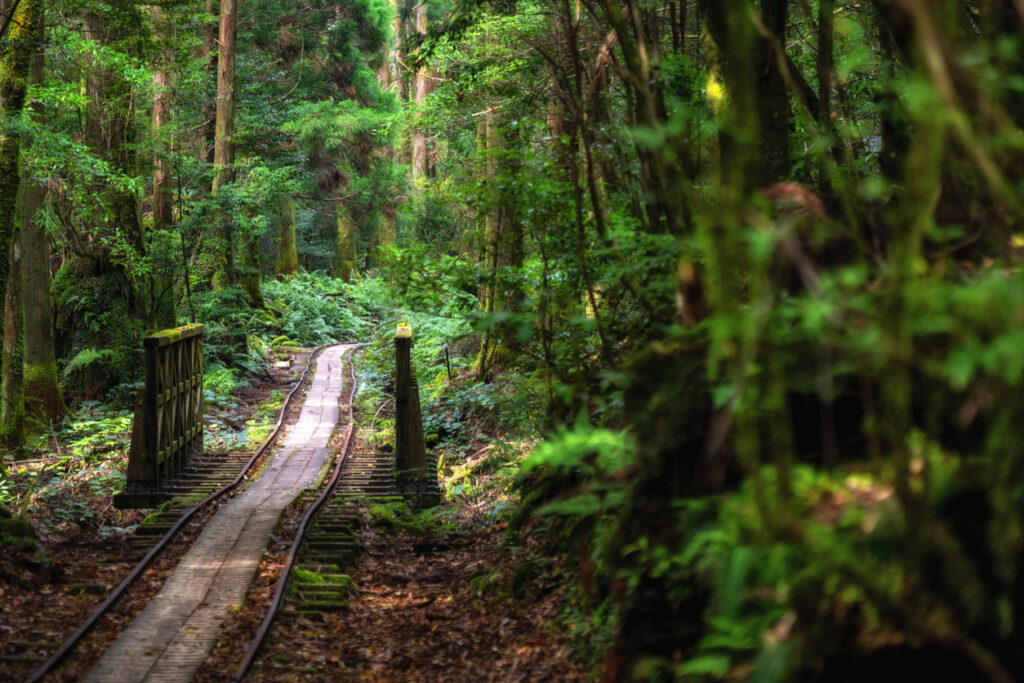
Home to ancient cedar trees, some over 7,000 years old, Yakushima Island is a UNESCO World Heritage site that feels like something out of a dream. Locals revere it as a spiritual realm, and that reverence has fostered a culture of protection. The misty canopies and moss-covered paths are not just beautiful; they are part of a sacred balance that sustains endangered species and filters carbon like few places on Earth can. Source: UNESCO World Heritage – Yakushima
3. Mawphlang Sacred Forest, India
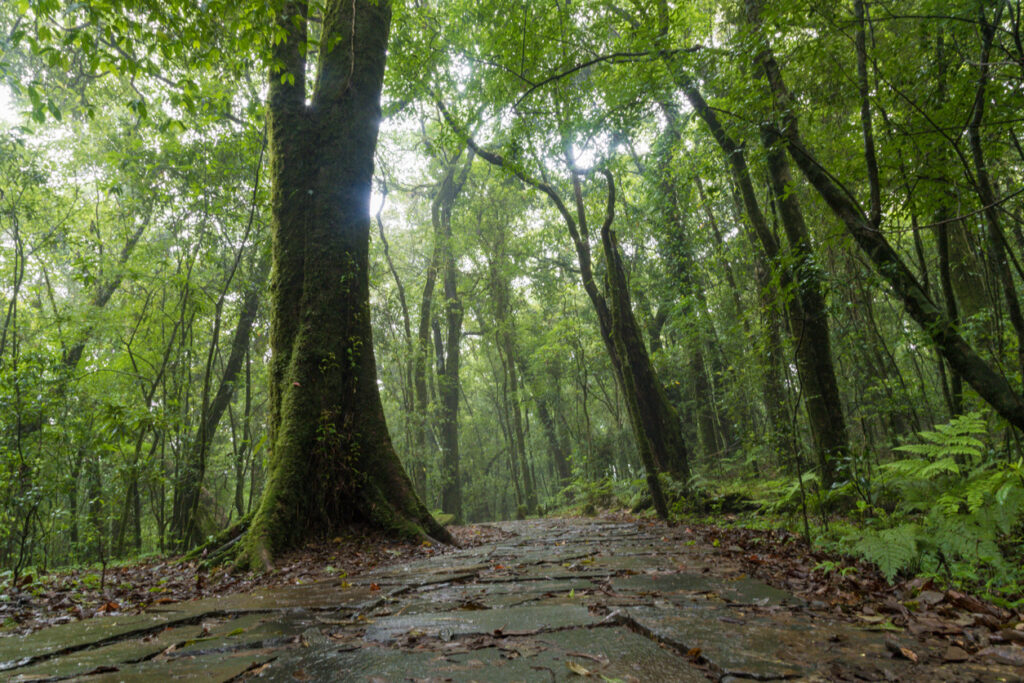
In the hills of Meghalaya, where clouds touch the earth, lies Mawphlang, a sacred grove untouched by axes and chainsaws for centuries. The Khasi people believe that harming anything within the grove, even a leaf, brings misfortune. This belief has protected rare medicinal plants and entire ecosystems. At a time when forests are falling to development, Mawphlang reminds us that respect can be just as powerful as regulation. Source: TimesTravel
4. Hutan Adat Wehea, Indonesia
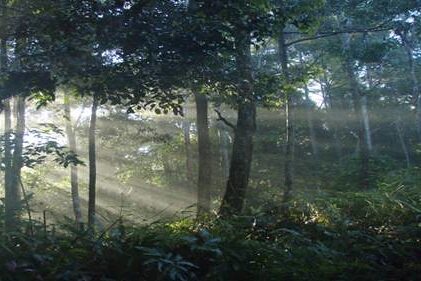
This Dayak-owned Forest in East Kalimantan is more than just a conservation effort. It is a cultural revival. Managed entirely by the Wehea Dayak people, the forest has been saved from logging through traditional rituals and strict local laws. It also plays a critical role in protecting the Bornean orangutan and other endangered species. It is living proof that indigenous wisdom is often the key to solving modern environmental crises. Source: Wehea Forest – Wikipedia
5. Tenganan Forest, Bali, Indonesia
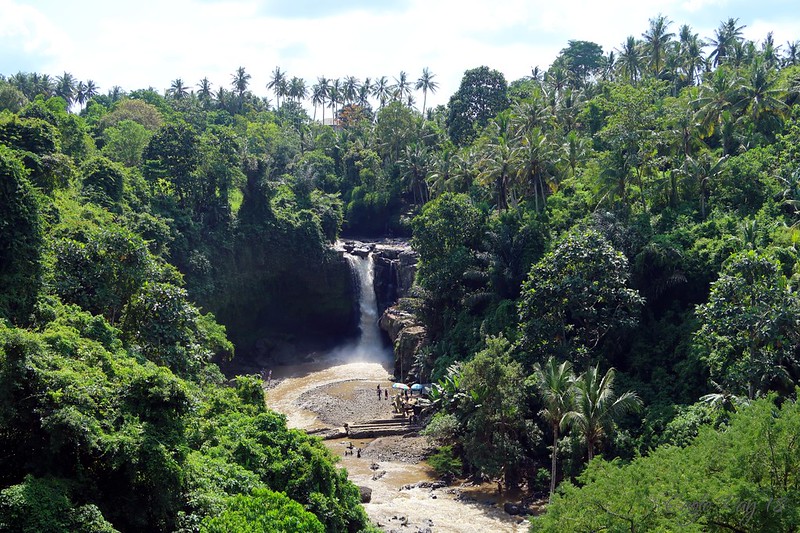
While Bali is known for beaches and temples, the Tenganan forest is a lesser-known gem. Preserved by one of Bali’s oldest communities, the forest supports ceremonial traditions that date back centuries. Its protection is directly tied to spiritual practices, from offerings to seasonal rituals. In preserving their beliefs, locals have also preserved biodiversity hotspots, a dual act of conservation that is surprisingly rare in today’s world.
6. Wao Kele o Puna, Hawaii, USA
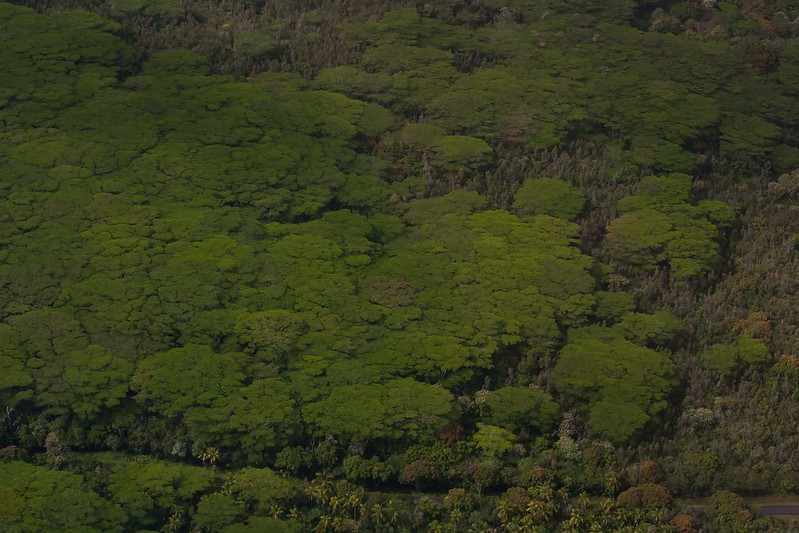
This lush rainforest on the Big Island is not just a biological haven. It is sacred ground in Native Hawaiian cosmology. Revered as the domain of Pele, the volcano goddess, the forest has long been shielded from exploitation. Despite challenges like geothermal drilling, local resistance has kept much of the land protected. Wao Kele o Puna shows how indigenous connection to land is not just emotional, it is an ecological lifeline.
7. Daintree Rainforest, Australia
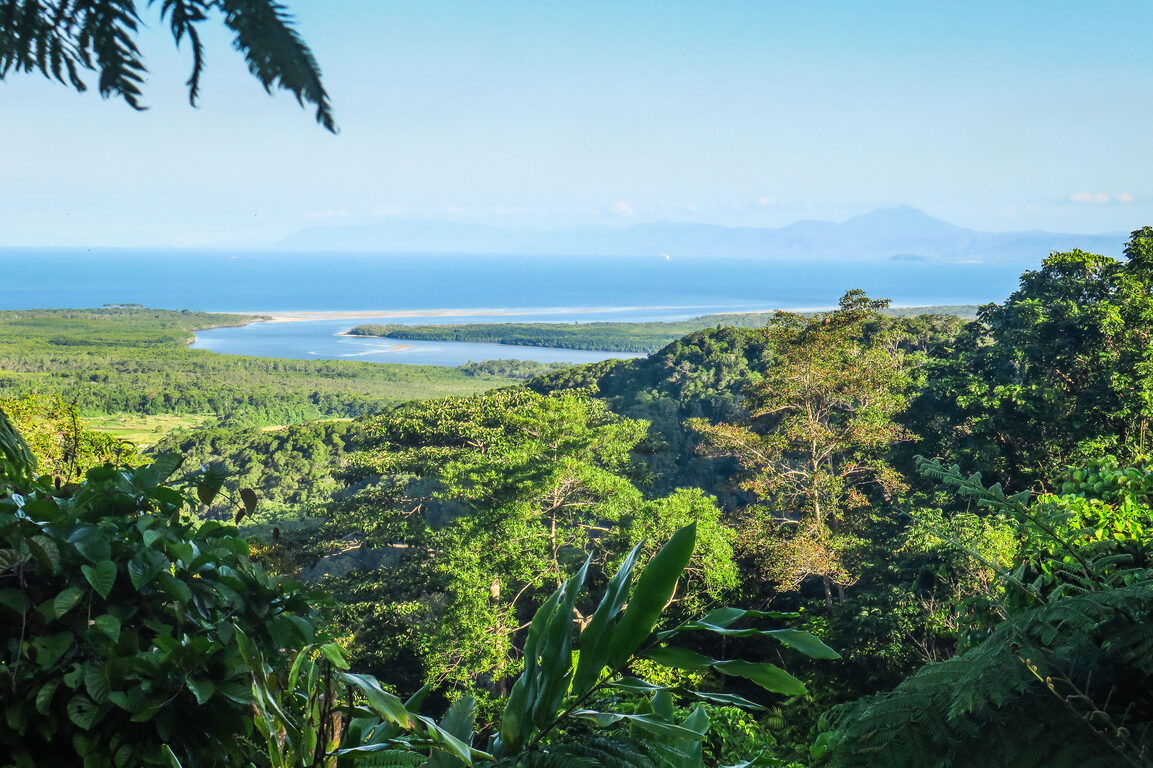
Though not traditionally labeled sacred in Western terms, the Daintree holds deep spiritual meaning for the Eastern Kuku Yalanji people. It is one of the oldest rainforests on Earth, harboring species that existed when dinosaurs roamed. The Indigenous custodians have passed down practices that sustain the forest’s health, including controlled burning and seasonal harvesting. As modern climate threats loom, the Daintree’s survival strategy is rooted in ancient knowledge we can no longer afford to ignore.
8. Sacred Groves of Ghana
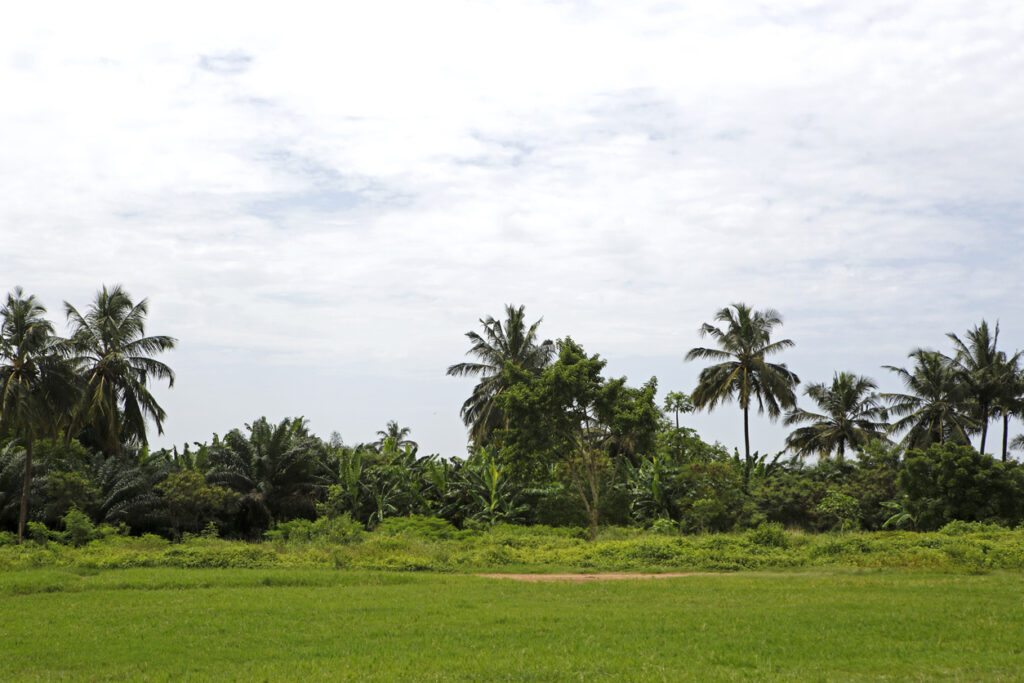
Scattered throughout Ghana are sacred groves protected by local taboos and spiritual beliefs. These small forest patches are biodiversity powerhouses, often home to rare plant and animal species. Many are guarded by shrines and watched over by priests or priestesses. Though small in size, their cultural value has made them some of the most respected green spaces in the country, and a model for community-led conservation.
9. La Sierra Nevada de Santa Marta, Colombia
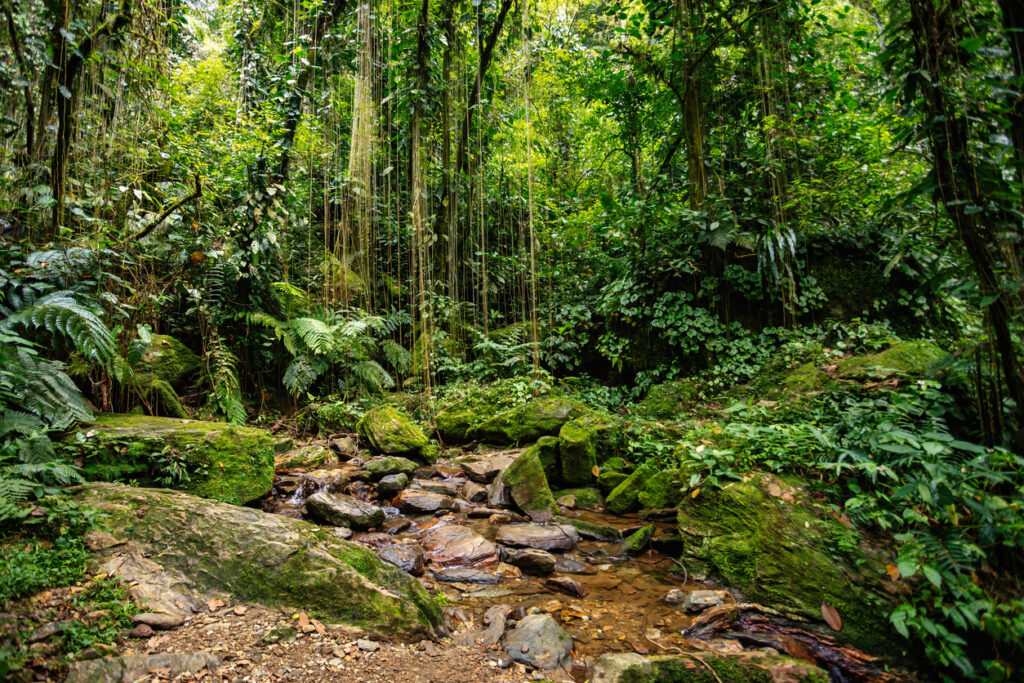
High in the mountains of northern Colombia, the Kogi, Arhuaco, and Wiwa peoples have protected this forest for generations. They believe it is the “Heart of the World,” and their rituals are performed to keep balance across the planet. Far from being just symbolic, their protection has resulted in rich biodiversity and water security for downstream communities. It is a powerful reminder that spiritual stewardship can have real-world impact.
10. Groves of Mount Fanjing, China
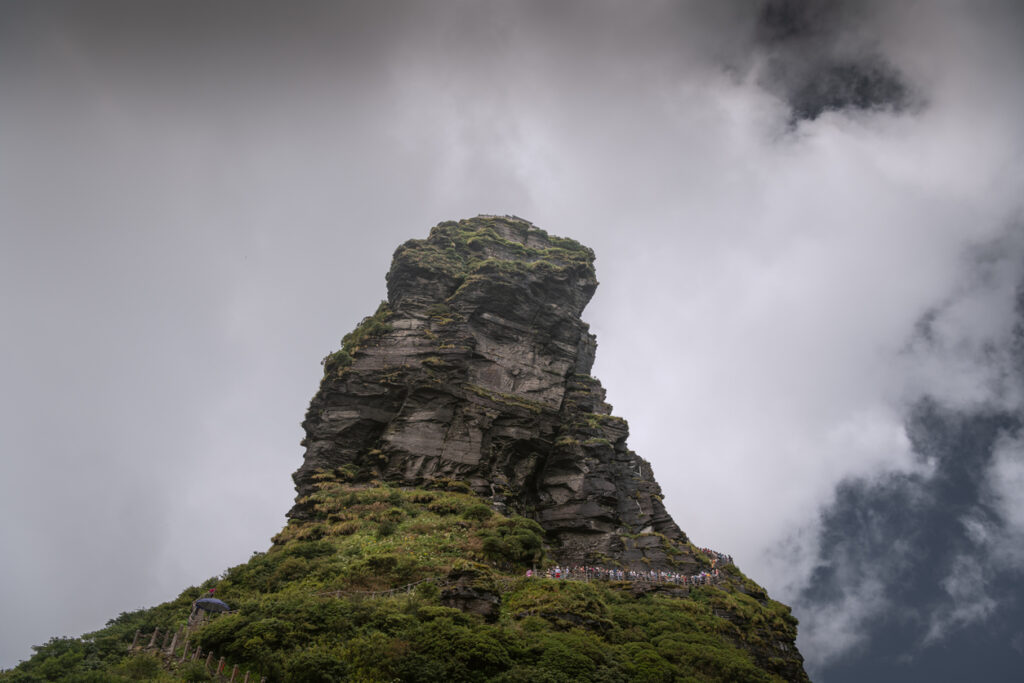
Mount Fanjing is not only a Buddhist sacred site, but also a UNESCO Biosphere Reserve. The forest surrounding the temple-topped peaks is home to the endangered Guizhou snub-nosed monkey and countless medicinal plants. Pilgrims treat the forest as a holy extension of their spiritual journey, and this reverence has created a unique form of ecological respect. It is an inspiring blend of worship and wildlife preservation that transcends boundaries.
Feeling inspired by these sacred green sanctuaries? Share this story with someone who could use a reminder of nature’s quiet wisdom. And tell us, if you had to protect one sacred place for future generations, what would it be and why? Let’s talk in the comments.


